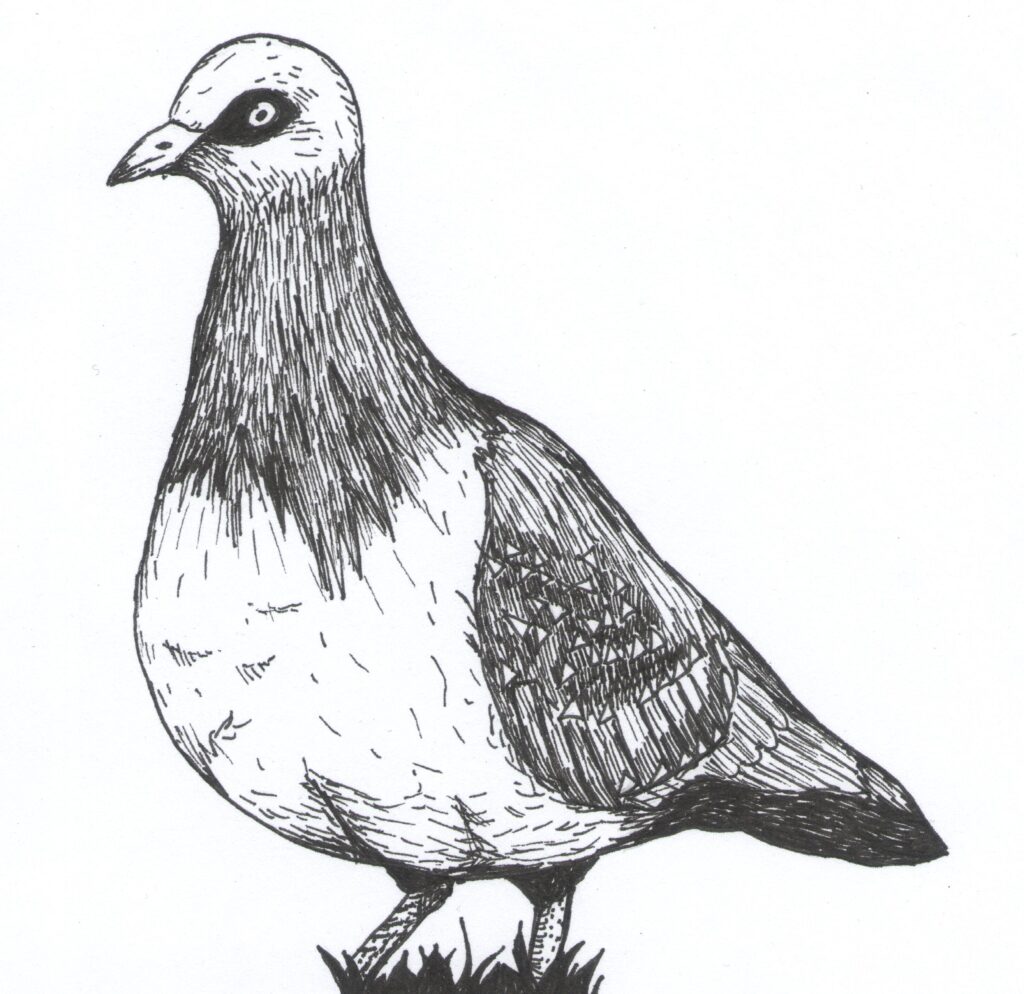
In my previous post, I wrote about trauma voice—the voice that stems from the wounded child. Trauma voice makes us become the worst version of ourselves. But trauma voice is not the only voice that can colour our inner world. There is another voice, one that I call conditioned voice.
Conditioned voice is different to trauma voice. Conditioned voice relies on a foundation of cultural norms, popular opinions and ideas that are regurgitated so many times that they eventually sound true. Trauma voice is hard to recognise because there are parts of us that believe it. Conditioned voice, on the other hand, is hard to recognise because it is sold as common sense. It is hard to question things if everyone believes it to be true.
Conditioned voice isn’t necessarily as emotionally charged as trauma voice—but it can be. In any event, distinguishing between these two voices is in some sense arbitrary because society is traumatised. The task isn’t to figure out if your destructive inner narrative comes from personal trauma or whether it comes from other people. The task is to become aware of the voice and to question it. Ultimately, our actions should be based on inner knowing—not conditioned voice. That is the key.
Conditioned voice says the same old boring things over and over again. It doesn’t think outside the box, or offer solutions. It is, in many ways, the voice that keeps us stuck. On the other hand, when we tune in to inner silence we can let go of these repetitive blah-blah stories in our head. Tuning in allows us to become aware of deeper truths. It allows us to connect to spaciousness and solutions to challenges. From this space, we tend to make better decisions and take more effective actions. In many ways, not allowing our conditioned voice to override our inner voice spares us suffering.